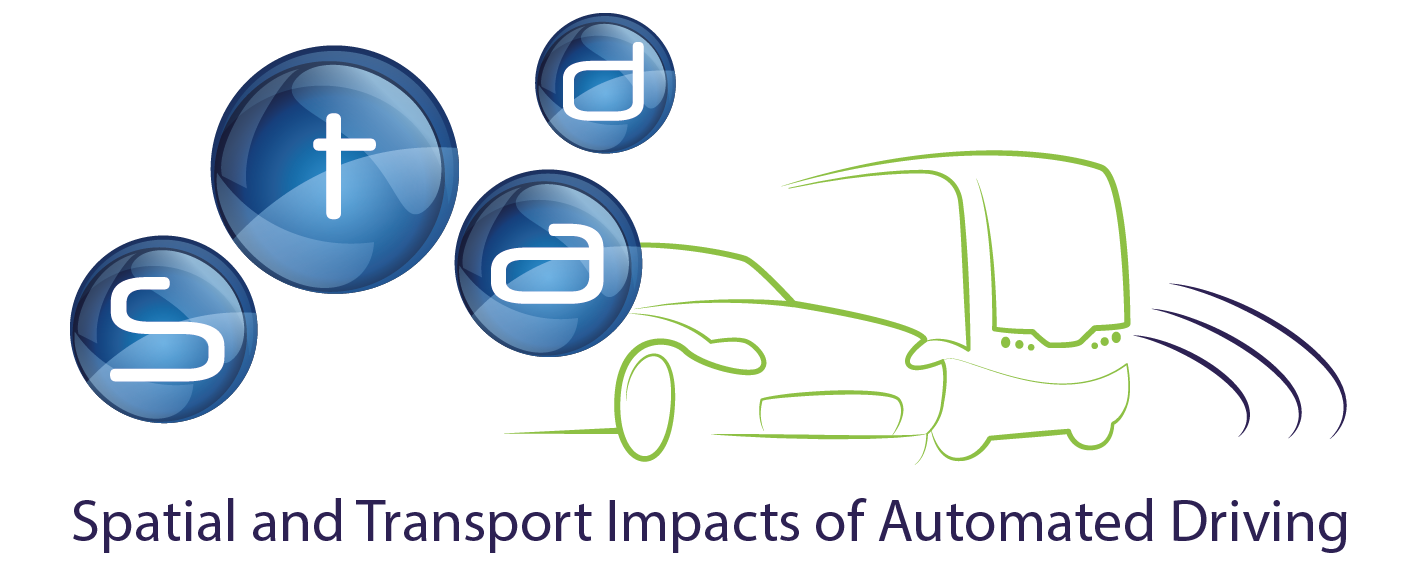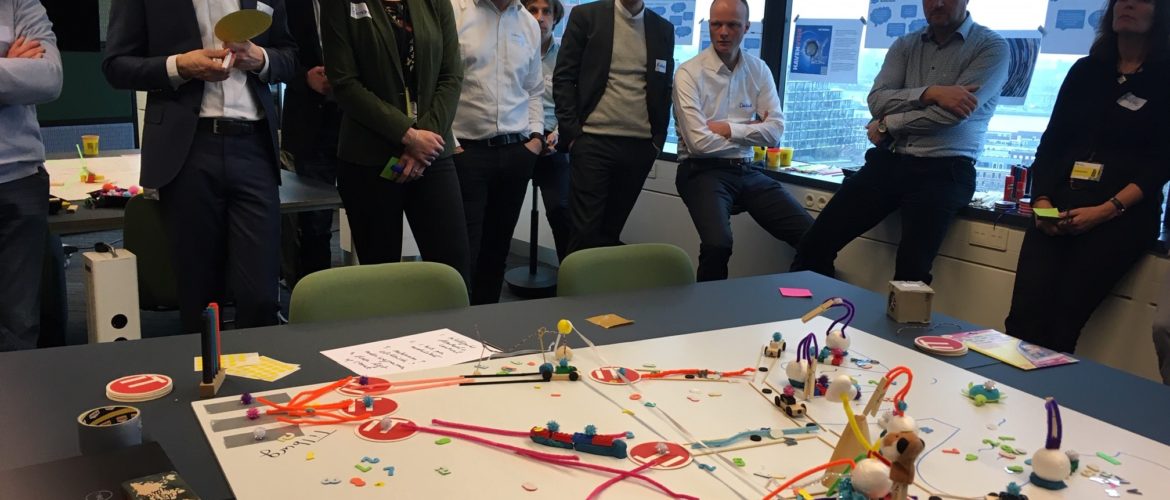On Thursday the 5th of March Frank Rieck and Reanne Boersma attended the vision development workshop “Connected Automated Transport Port of Rotterdam” organised by the Port of Rotterdam. A mixture of government, logistics businesses, education, science and interest representatives were invited to talk about the future of the Port of Rotterdam. During this workshop the attendees were split into four groups and challenged to get creative! All sorts of materials were provided to help the attendees visualize how the port of the future should look like. After ‘building’ the ports of the future, every group explained what they’d created. It was interesting to see that everyone created hubs and everyone expected some level of automation in the coming ten years. The hubs were created to help facilitate intermodal transport. For example: an automated vehicle can transport a container via the Container Exchange Route to a hub at the outer area of the Port of Rotterdam. From there a train, vessel or truck can pick up the container to transport it to its final destination. It was also remarkable that almost all future ports were operating 24/7. Furthermore all the groups considered the enormous amount of data produced in the ports of the future. Therefore all the groups created some sort of head quarter (which is a neutral party!) to combine all the incoming cargo with all the hubs at various locations and all different types of transport. This requires an enormous adjustment, but all the groups believed this adjustment is necessary to secure the future of the Port of Rotterdam. The next step was to discuss what the Port of Rotterdam needs to do to make these plans happen. First of all it was advised to continue the development of the Container Exchange Route. To allow the distribution of cargo towards a 24-hour economy, the Port of Rotterdam could collaborate with legislative parties for a “stick and carrot” policy. Meaning that distributing goods in off-peak hours and/or during the night can be rewarded (carrot) and transporting goods in peak hours can be countered (stick). Restriction and/or subsidies can stimulate transport companies to invest in more sustainable forms of transport or even automated transport. Also, it was advised to keep in touch with all the stakeholder involved. Not only the terminals, transportation companies, vessel companies, train companies etc. but also IT and ICT companies for all the data handling. Last but not least, keep in touch with labour unions, harbour workers and interested and/or concerned parties including local residents. Together we will make it happen.

